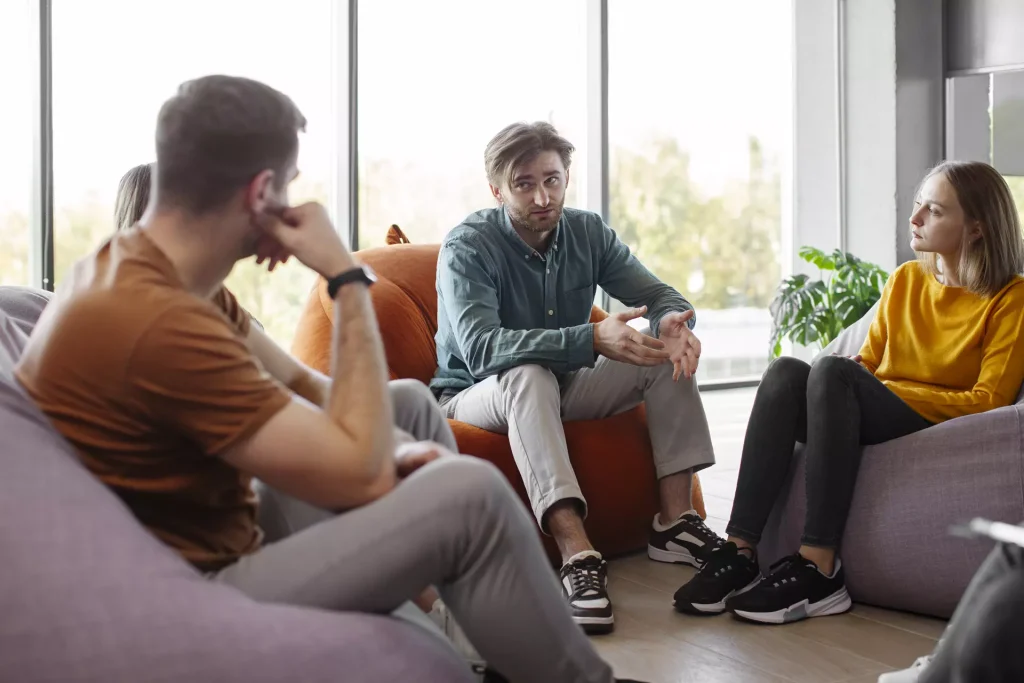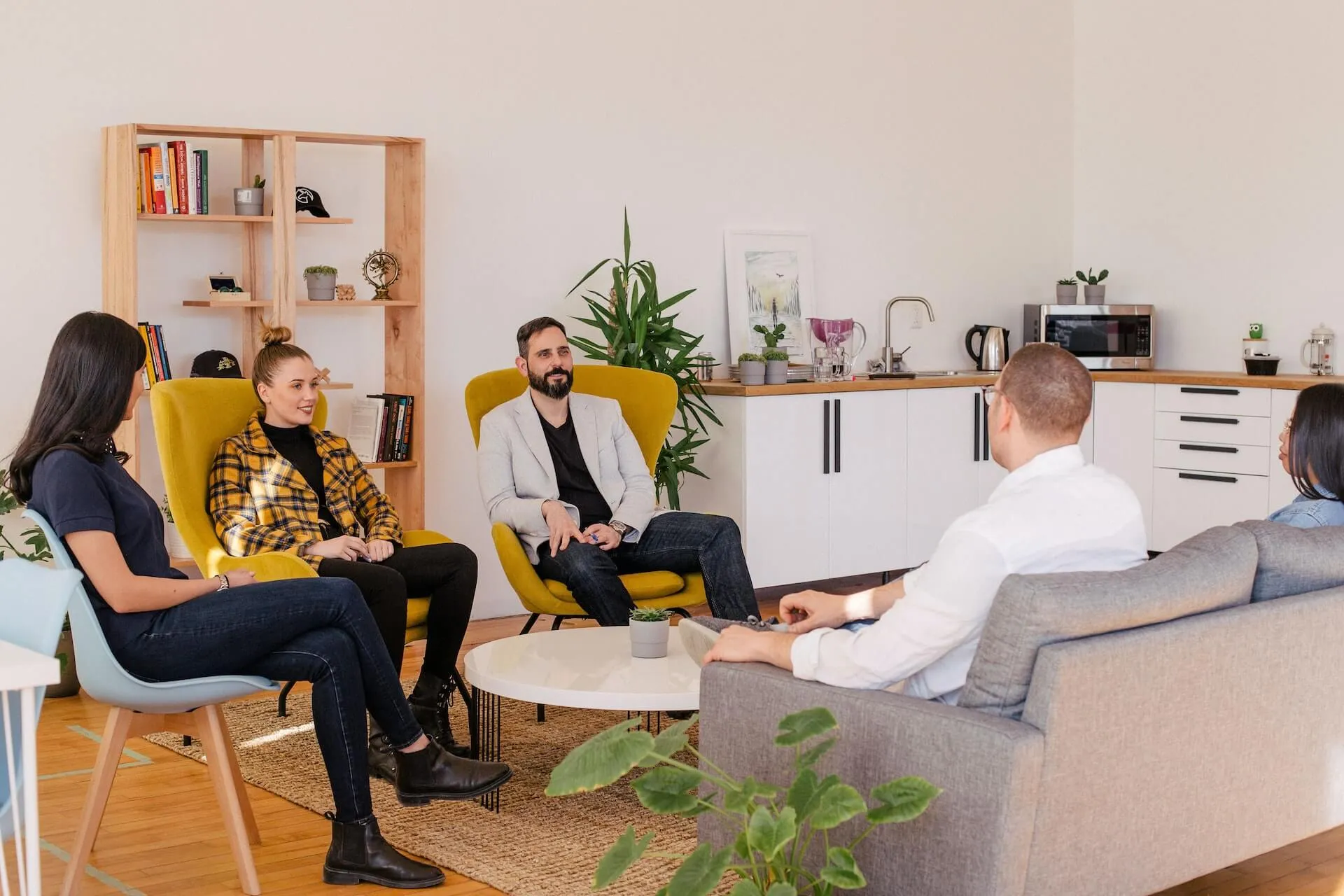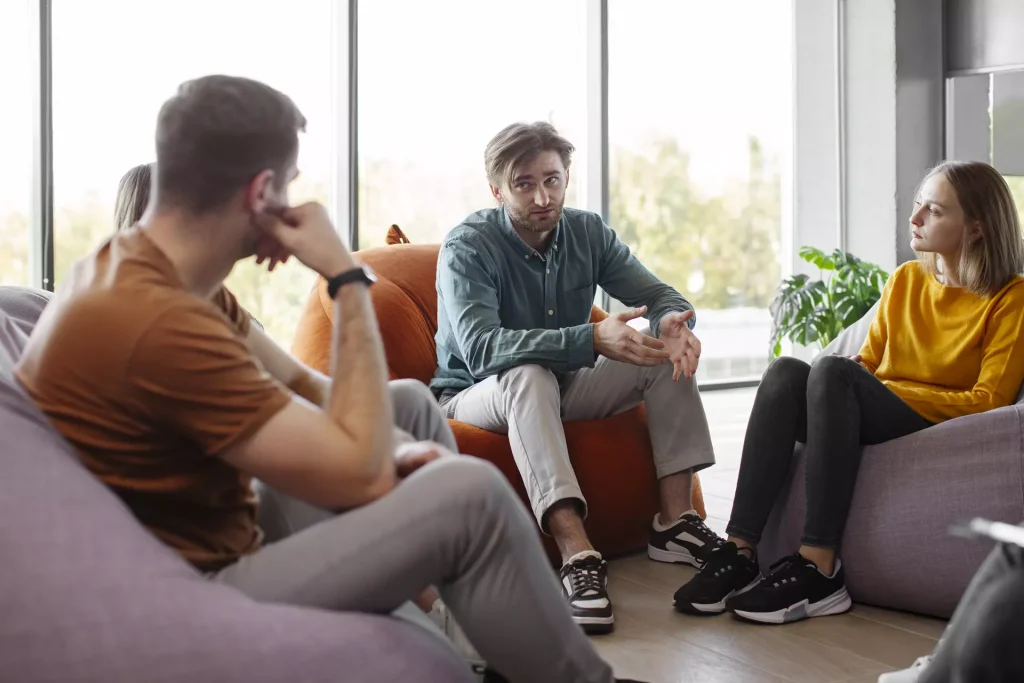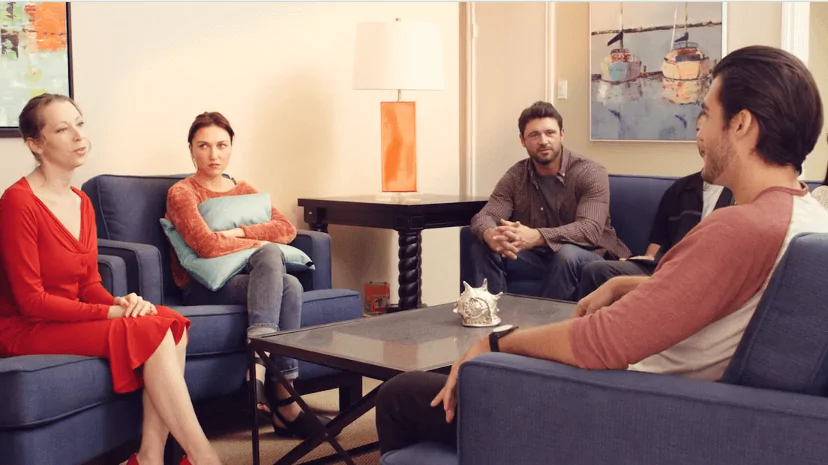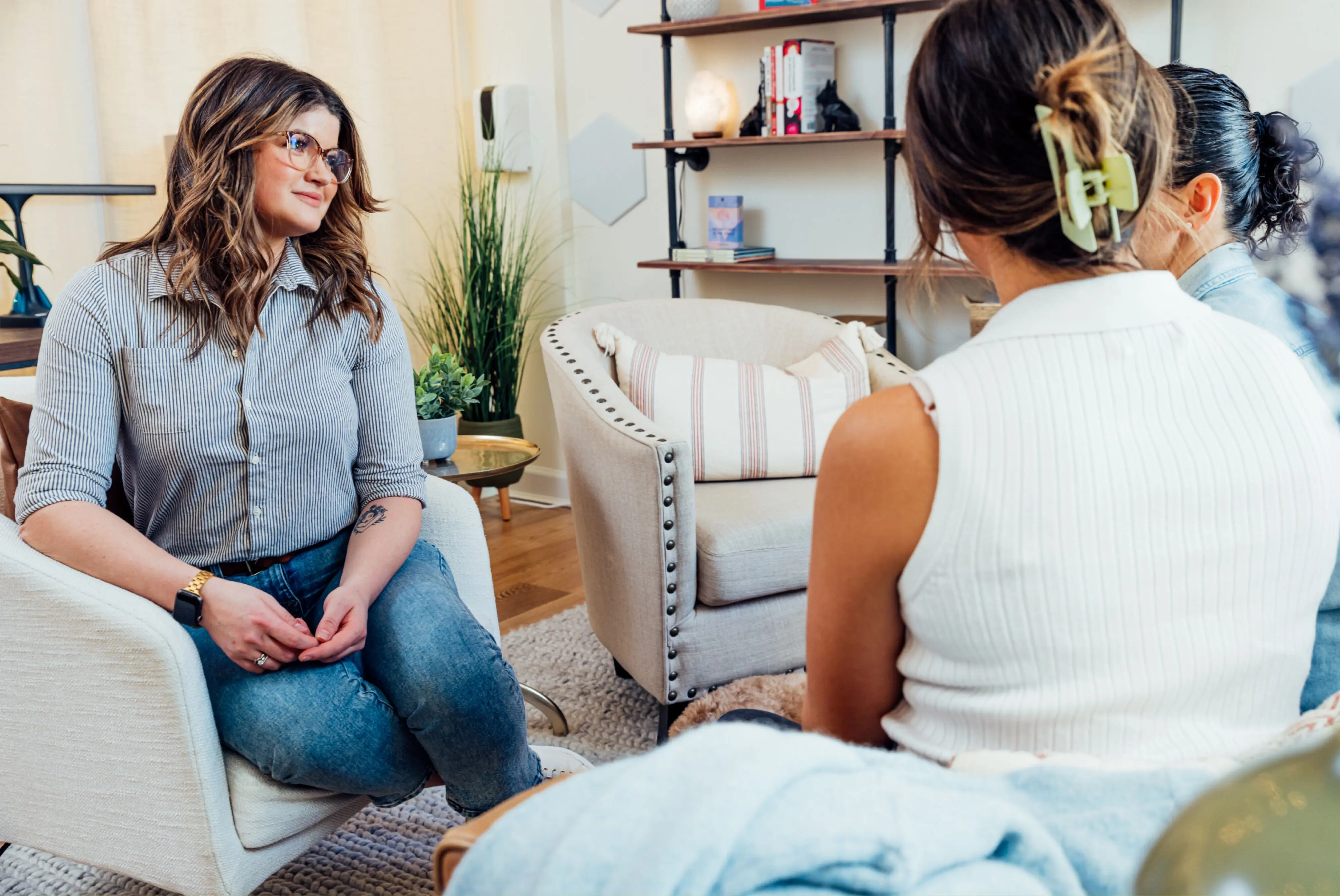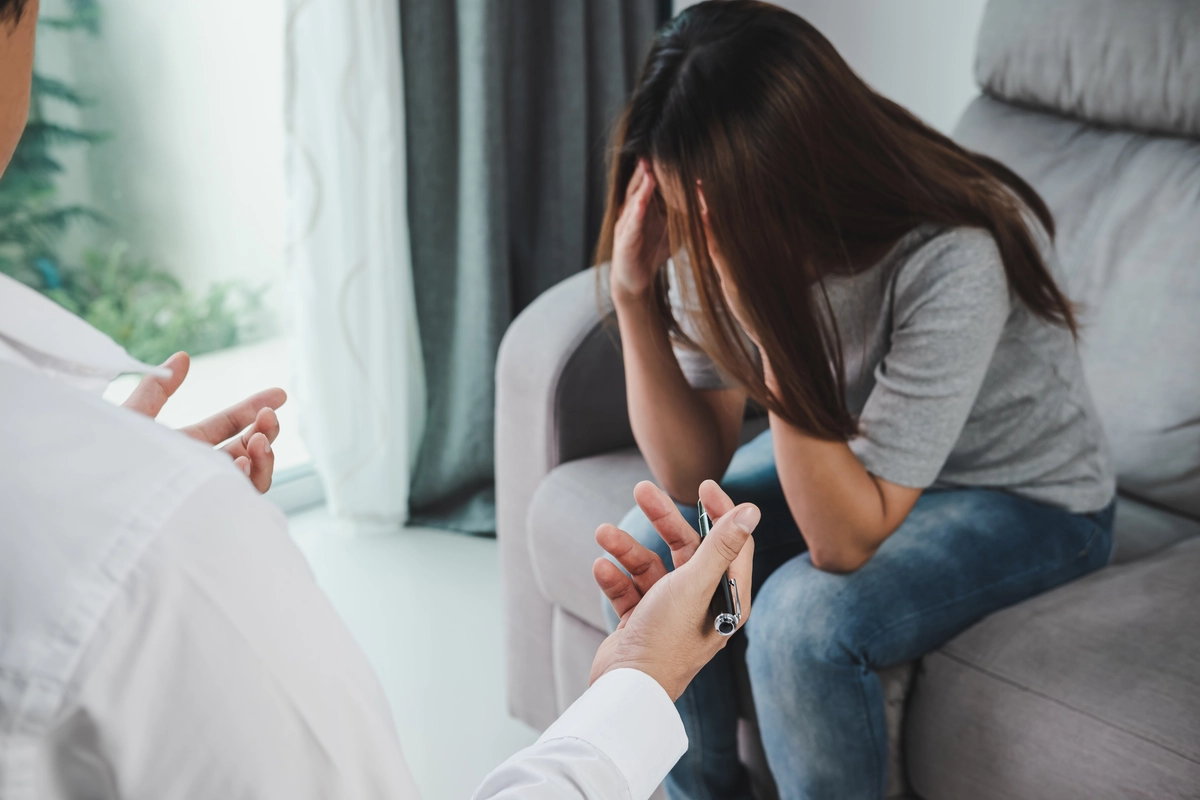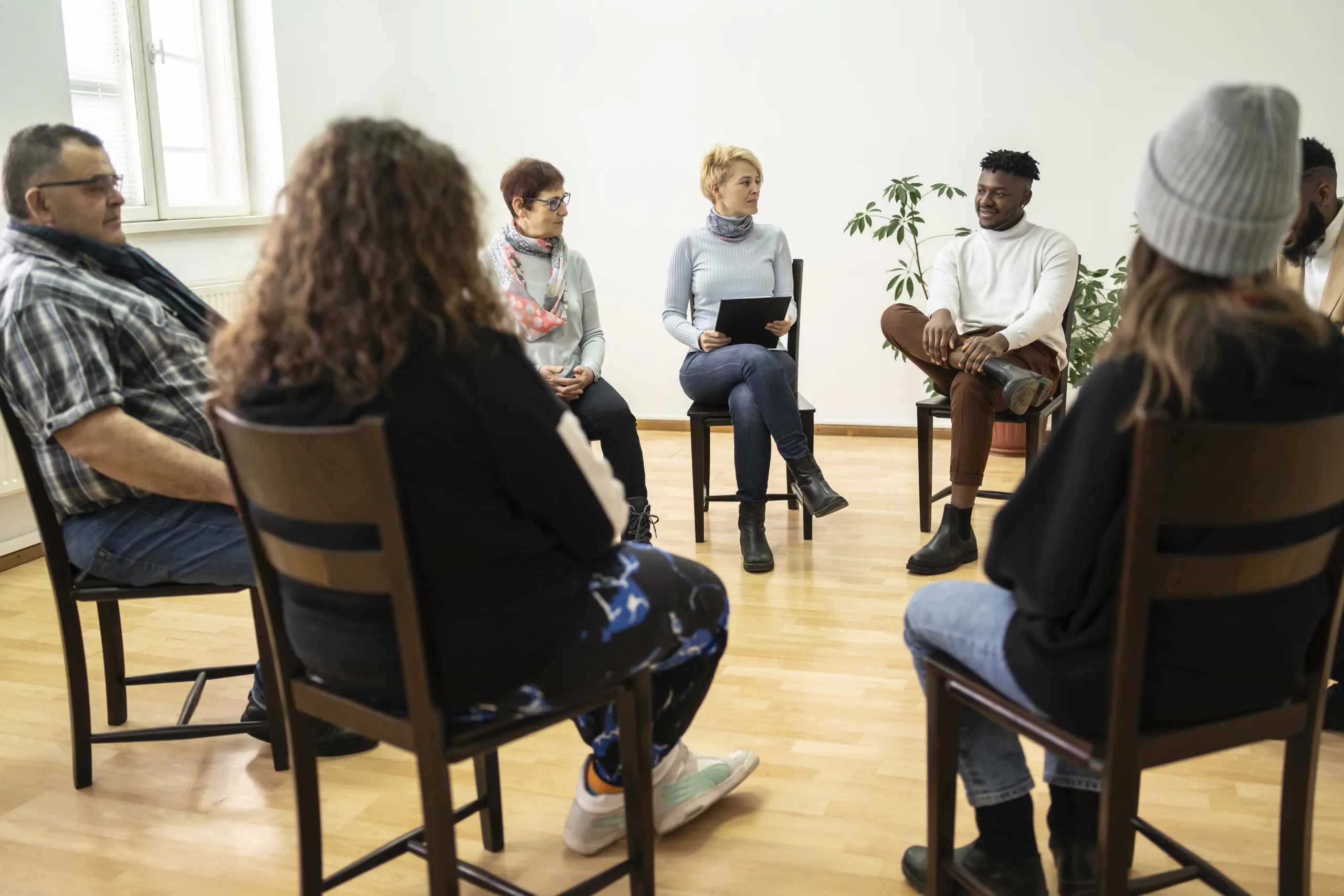24/7 Helpline:
(866) 899-221924/7 Helpline:
(866) 899-2219
Learn more about Prescription drug Rehab centers in Sleepy Eye
Prescription drug Rehab in Other Cities

Other Insurance Options

Sliding scale payment assistance

Highmark

Coventry Health Care

Magellan

Health Net

ComPsych

AllWell

BlueShield

Providence

Private insurance

UnitedHealth Group

Ceridian

Ambetter

Medical Mutual of Ohio

Oxford

Premera

Anthem

Self-pay options

State Farm

BHS | Behavioral Health Systems


New Ulm Medical Center – Substance Abuse
New Ulm Medical Center – Substance Abuse is a private rehab located in New Ulm, Minnesota. New Ulm M...

Nova House Intensive Residential Treatment Services
Situated in New Ulm, Minnesota, Nova House Intensive Residential Treatment Services (IRTS) is a drug...











